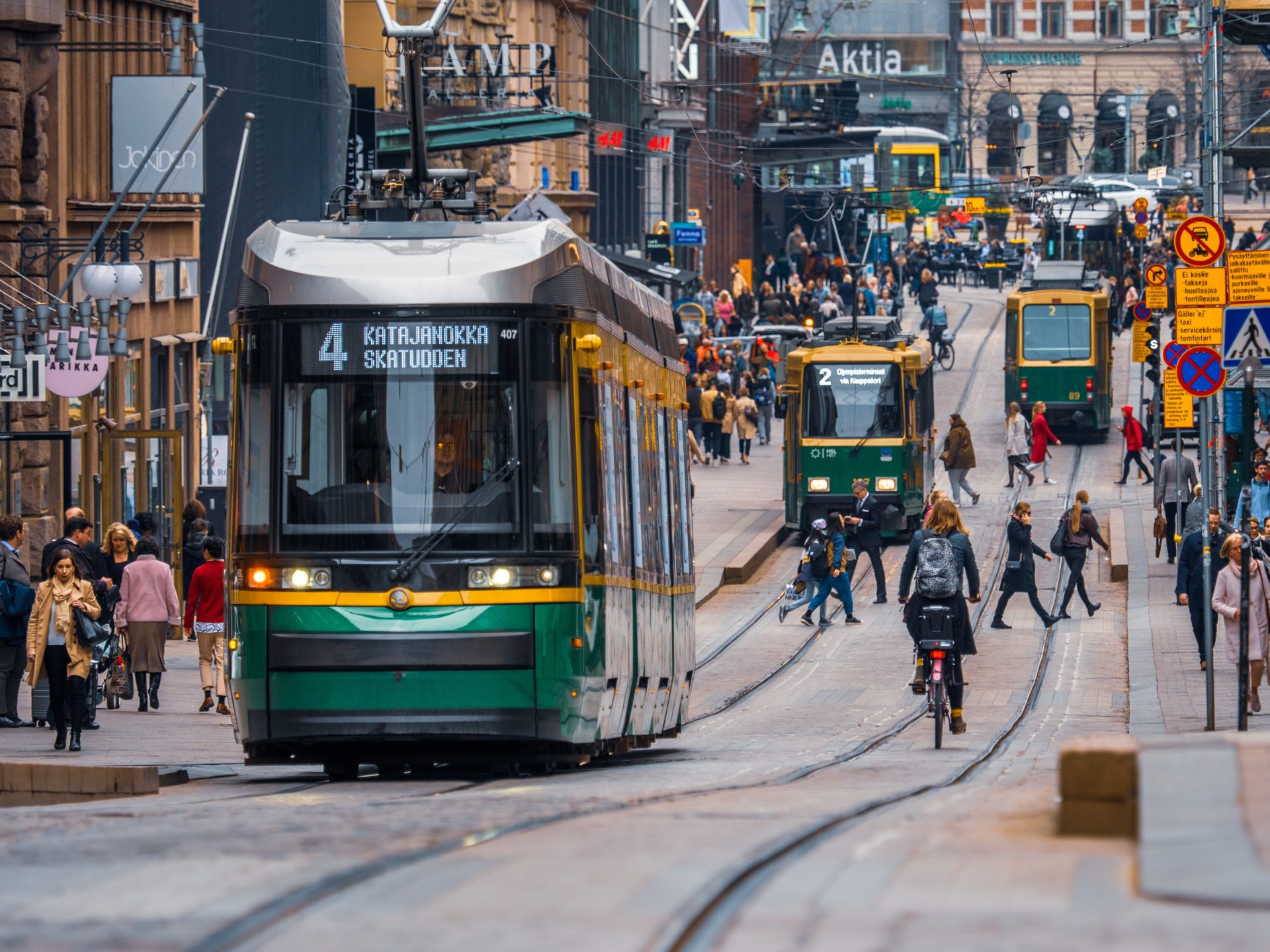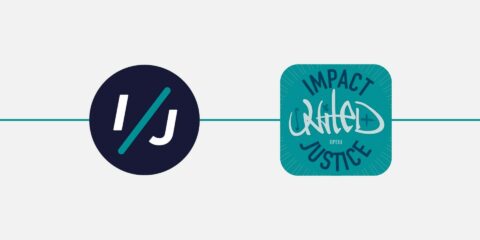Next week, Impact Justice will lead a group of formerly incarcerated and allied activists, scholars, and funders on a weeklong visit to Finland where they will learn how Finland went from having one of the highest per capita incarceration rates in Europe in the early 1950s to one of the lowest by the 1990s, a restrained use of jail and prison that continues today. The journey is the latest evolution of our Building Justice project.
So-called “radically humane” prisons in Finland, Norway, and other Nordic countries have been getting attention on this side of the Atlantic for years. Back in the fall of 2017, we teamed up with legendary architect Frank Gehry, New Way of Life founder Susan Burton, and the Yale School of Architecture to lead a group of emerging architects on tours of prisons in Finland and Norway. Over the course of that trip and a second visit in 2019, we saw that the prisons themselves are only part of the story.
Six years later, people across the United States are continuing to explore lessons from the region. There’s a high-profile effort in California to apply the Nordic model to San Quentin Prison and other states have implemented changes inspired by trips like ours. But where these efforts are focused inside prison walls, we’re widening the lens to take into account other crucial aspects of Finland’s approach to public safety, with an eye toward understanding what it would really mean to adopt aspects of the Nordic model in the United States. We’ll learn how Finland shrank its prison system from the outside by changing sentencing laws and how a network of supportive services takes pressure off the criminal legal system by addressing behaviors and needs that are criminalized in the United States.
Along with visiting Helsinki’s famous open prison on Suomenlinna Island and two prisons for women in the heart of Finland, we’ll seek out new stories and insights from the government officials and community advocates who continue to advance the truth that safety comes from providing the resources and opportunities people need to thrive. Midway through our trip, we’ll also have a chance to meet leaders in Norway, Spain, and the United Kingdom who are working to further decrease the reach of harmful systems and build up structures of support. There’s much we can learn from their past accomplishments and the challenges they face today in an increasingly conservative political landscape.
We’ll be sharing observations and insights from the road on our LinkedIn, Instagram, and X channels; I hope you’ll follow us. And later this fall, we’ll launch a series of discussions about the Nordic model: what is it, what it isn’t, and what it would really require beyond designing better buildings to take a similar approach here in the United States.




